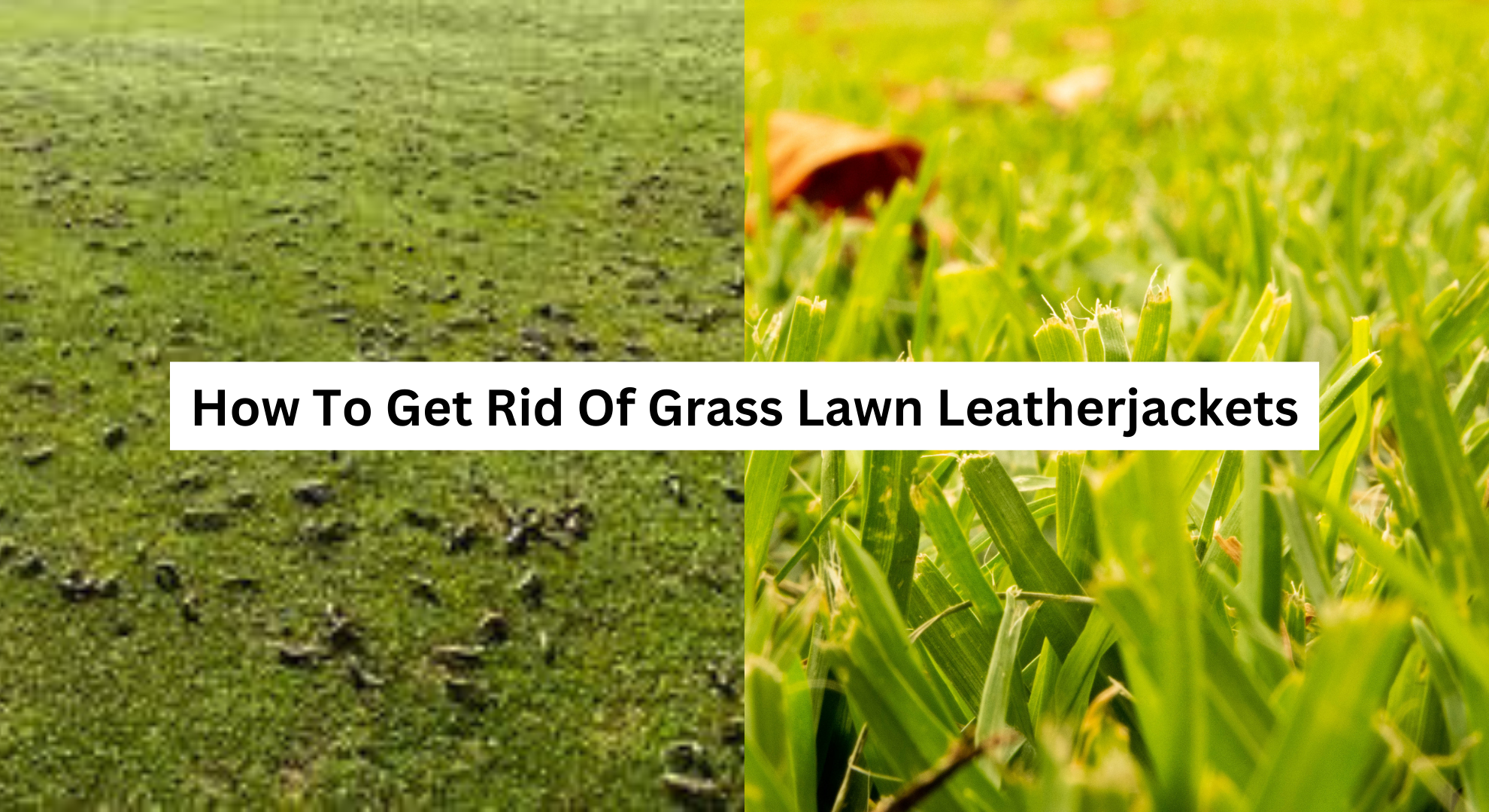What Does Ash Dieback Look Like? and How to Deal with It?
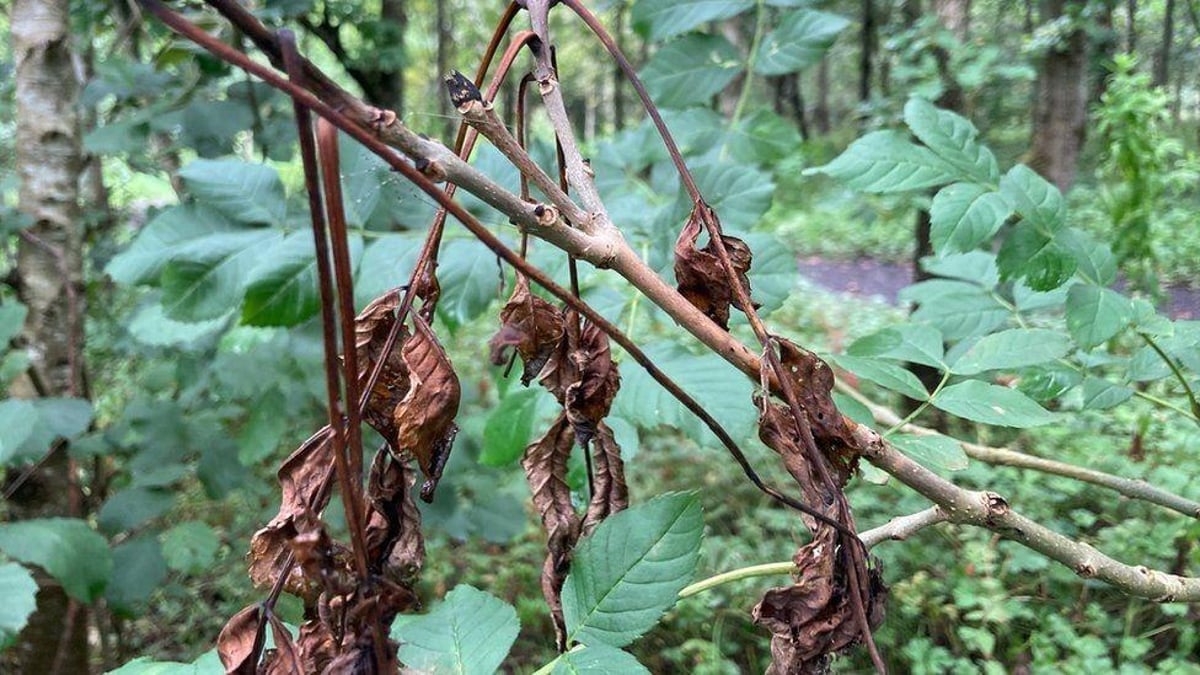
Table of Contents
Ash Dieback is a dangerous disease that now seems to be a rising problem in the UK and many European regions. British ash trees are one of the most important native trees, which are now endangered by an air-borne fungus spreading widely across the country.
It was first spotted in the UK in the year 2012, and to a recent date, it is being researched so that we can get some effective measures for it. If not slowed down, it can be the reason for the many ash tree deaths that are a reliable source for many living creatures.
With the right information and solutions for the disease, we can minimise the spread in the country’s gardens, parks, and forests.
Read this article as a guide on what actions to take for the infected trees.
What is Ash Dieback?
Ash Dieback is a destructive disease of ash trees, especially the UK’s native ash species, common ash (Fraxinus excelsior). It is caused by a fungus called Hymenoscyphus fraxineus originated in the eastern Asia region.
The other common names for this disease are cholera, ash dieback, and cholera dieback of Asia. The disease causes leaf loss and crown dieback in the affected trees and can lead to the death of the tree. It is found in most regions of the UK.
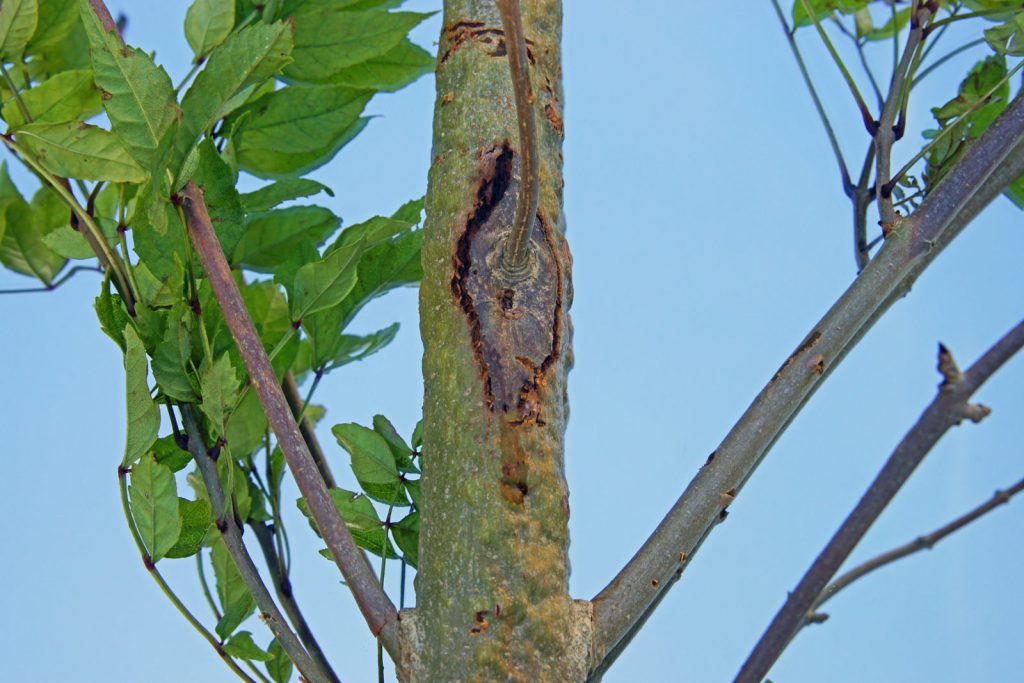
In the UK, the disease was first detected in the ash trees that were recently planted and also growing in the nurseries. Now many cases have been documented in the wider environment of the UK. This disease has rapidly spread through continental Europe, where it had many harmful effects.
This disease came to European countries around 30 years ago and has destroyed the European or common ash tree (Fraxinus excelsior). The species of the native ash tree has no natural defense against the fungus. Hence, it neither got evolved nor protected itself from this devastating disease.
Not only common ash trees but also affected many other species of the tree. For example, in the year 2018, the disease was found to affect three ornamental trees and shrubs species named mock privet (Phillyrea latifolia), narrow-leaved mock privet (Phillyrea angustifolia), and white fringe tree.
It does have a major impact on the hardwood industry and biodiversity as a whole.
What Does Ash Dieback Look Like?
The disease, Ash Dieback, can affect trees of any age. Older trees can survive the disease for some time but can be succumbed when exposed for a longer time. At the same time, the younger trees succumb to the disease quicker.
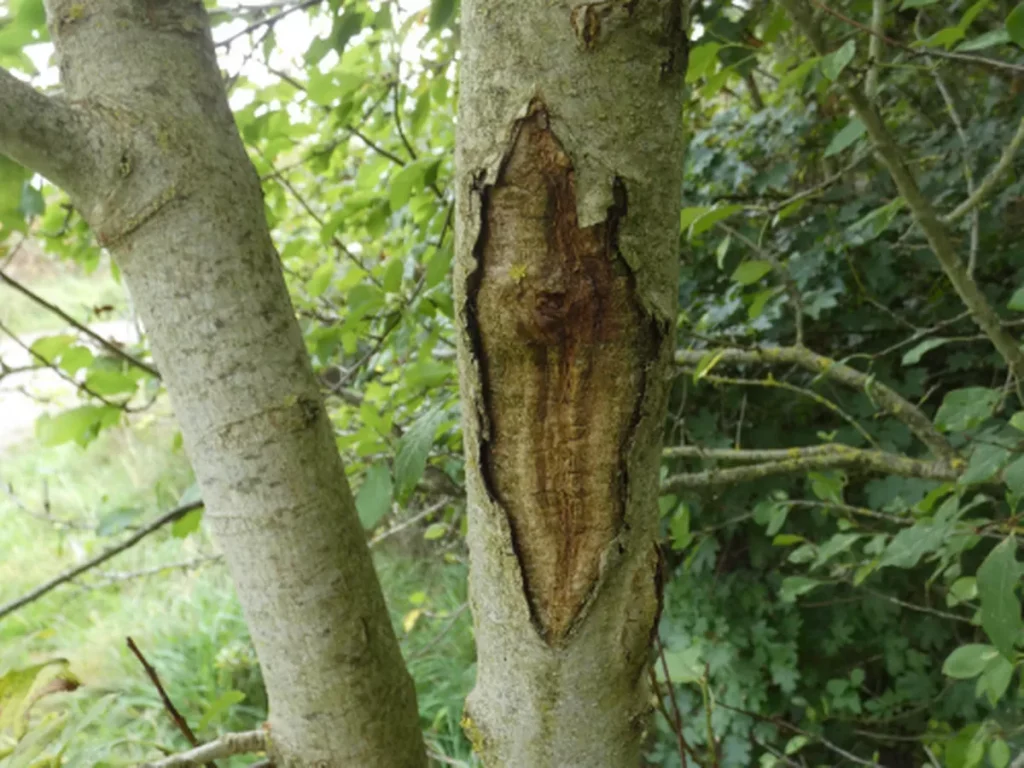
The symptoms of Ash dieback can be seen on the leaves, stems, and trees as a whole. Let’s see what ash dieback look like so that you can identify it before its too late:
- Leaves develop dark black patches in the summer, firstly in the midrib and leaf base.
- The affected leaves will then wilt. They might shed early.
- On stems, small lesions or spots appear on the bark of the stems and branches, and later on, it expands and develops into perennial cankers.
- The infection may increase and encircle the stem, which will kill the tree in a single season.
- The inner bark looks brownish-grey under the lesions, and this discolouration of the bark goes way further than the bark necrosis.
- The affected trees mainly show the dieback of shoots, twigs, and branches.
- The trees often have epicormic shoots that are shoots that emerge from the dormant buds underneath the bark of the trunk, stem, or branches of the plant.
How Does It Spread
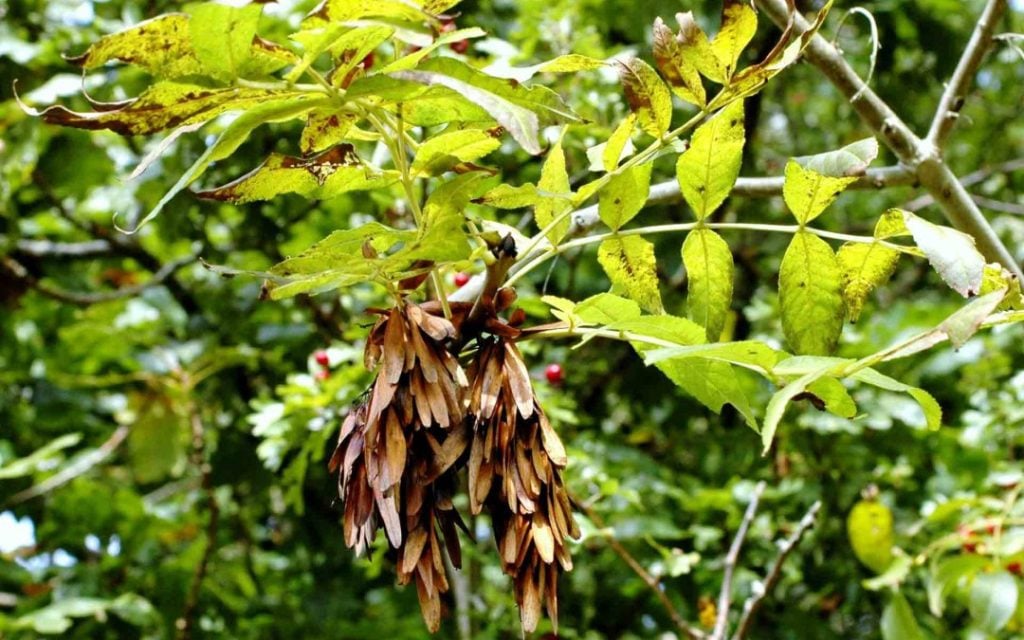
There are several pathways through which the Ash Dieback can spread over long distances. Although, the noticeable infection of this fungus can be spread through the movement of the infected ash trees and windblown spores.
1. Through the Movement of The Infected Ash Trees – The fungus of the disease can be spread through the diseased ash plants. Movement of leaf litter, logs, or pieces of wood from the infected trees may also be a significant factor in spreading the disease. Large volumes of common ash species were imported every year for forestry and non-forestry purposes until the ban was applied to all the movements of ash trees and their seeds in October 2012. The potential of a pathogen entering the UK borders was very high at that time.
2. Through Windblown Spores – Local spread of up to ten miles can be possible through the wind-blowing spores of the fungus. The spread of the infection through windblown spores is a common reason for the spread in continental areas. Symptoms like a wider environment were initially reported in the eastern parts of the country. With the increasing spread, the wider environments across the other regions of the country also increased, indicating the wide spread of the fungus.
How to Control or Manage the Disease of Ash Dieback
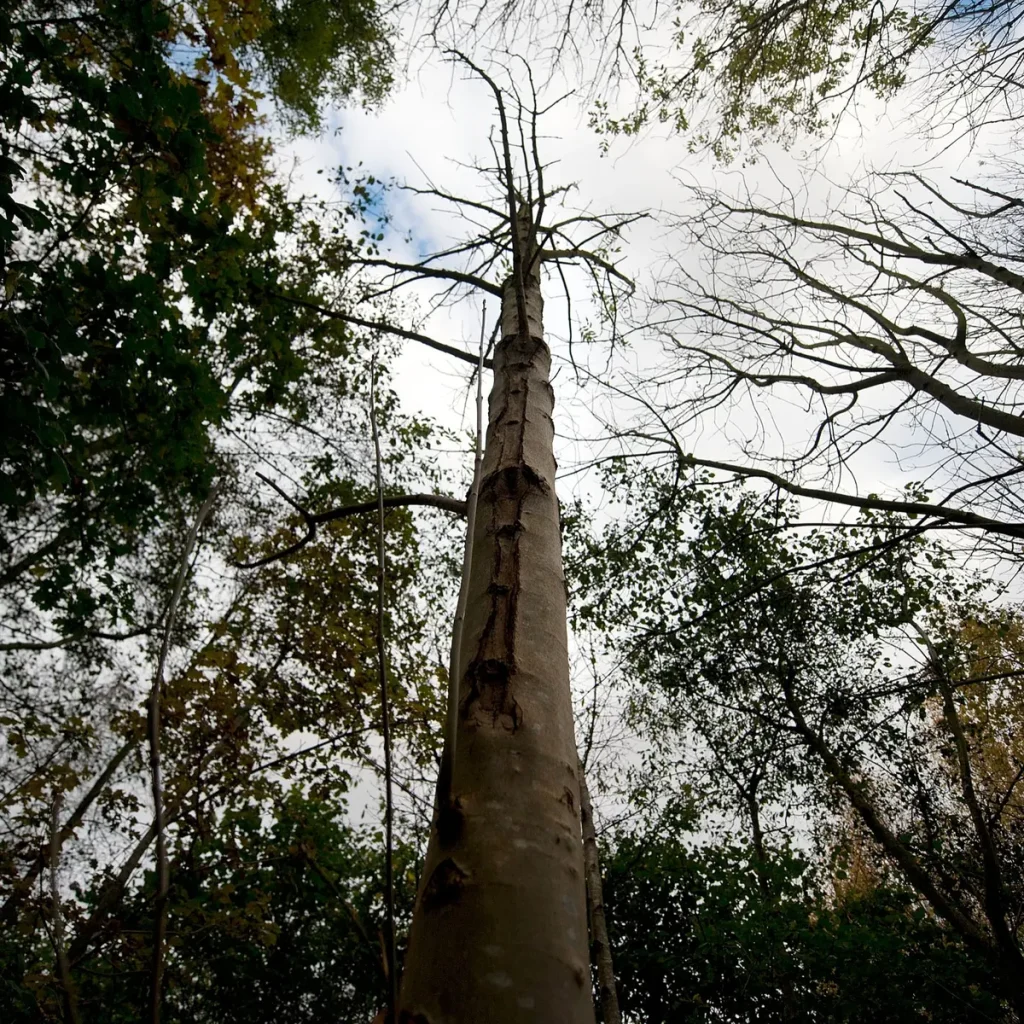
There is no clear method of stopping the spread of the Ash Dieback. The only way to make the spread of the disease a little less is by taking some measures to control or manage the situation. Let us see some key points that can help in the management of this highly devastating disease:
- If you find any tree that might have the infection, then you must report them to the recent plant health authority by submitting a report through a website called TreeAlert and TreeCheck in Northern Ireland. These sites ask for close-up and clear pictures of the suspected tree.
- Gardeners and managers of the sites and parks with ash trees can help in controlling the spread of the disease in an infected area. Composting or burning fallen ash leaves and burying them in an area where ash dieback is present is supposed to disrupt the lifecycle of fungus. The Forestry Commission advises covering the compost with a 10cm (4 inches) layer of soil or a 15 to 30cm (6 to 12 inches) of other plant materials like fallen leaves and leaving it uninterrupted for a year.
Precautions that Can Be Taken to Minimise the Spread
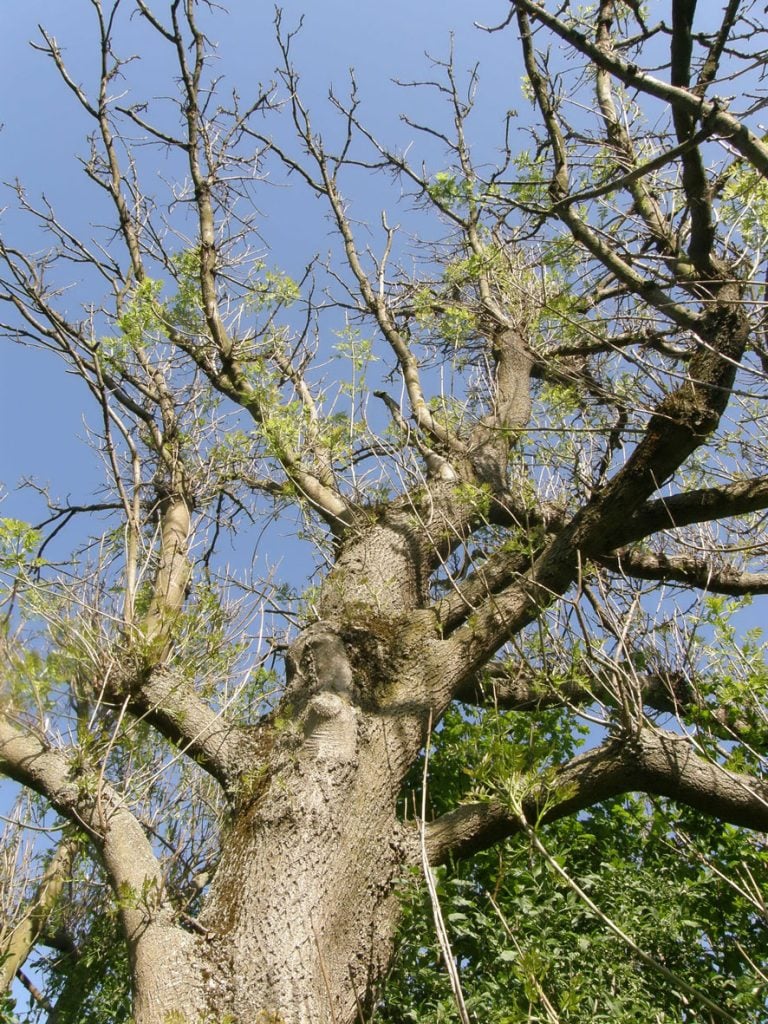
Wind-borne disease is not a reason to kill or fall an ash tree unless the dead branches are a threat to the areas surrounding it. The ash tree is very important for its natural habitat, just like any other tree. The Forestry Commission has recommended taking certain precautions while visiting the infected areas. We cannot prevent ash dieback or stop it from spreading, but we can surely make some changes to make the spread of the pathogens as less as possible.
Following are certain points to keep in mind while going or witnessing an infected ash tree:
- Do not remove any plant materials like firewood, sticks, leaves, or cuttings from the woodland.
- While visiting the woods, forests, parks, or gardens, make sure to brush soil, mud, twigs, leaves, and other plant debris off your footwear and wheels, including the wheels of cars, bicycles, baby buggies, wheelchairs, and mountain bikes as well before leaving the site. Keep in mind to clean all the items at home before visiting another site.
- Make sure to park motor vehicles on hard-standing like concrete, gravel, or tarmac rather than the grassed sites whenever it is possible.
- Before visiting other countryside parks, gardens, and forests, keep in mind to thoroughly wash your footwear and wheel with soapy water.
Conclusion
Ash tree provides vital habitat to lichens, birds, and beetles even after many years of tree death. But Ash Dieback is a huge problem when it comes to this species of tree.
We hope that the above-presented information about how to identify ash dieback and what precautions to take may help you in dealing with this infectious disease.
There is no prevention, but there is still a tiny flicker of light in the darkness of this harmful disease. By following the above-given tips, we all can help in making the spread of the disease a little less than increasing this air-borne infection among the ash trees.
So let’s keep the hope and take some considerate steps towards a better environment.

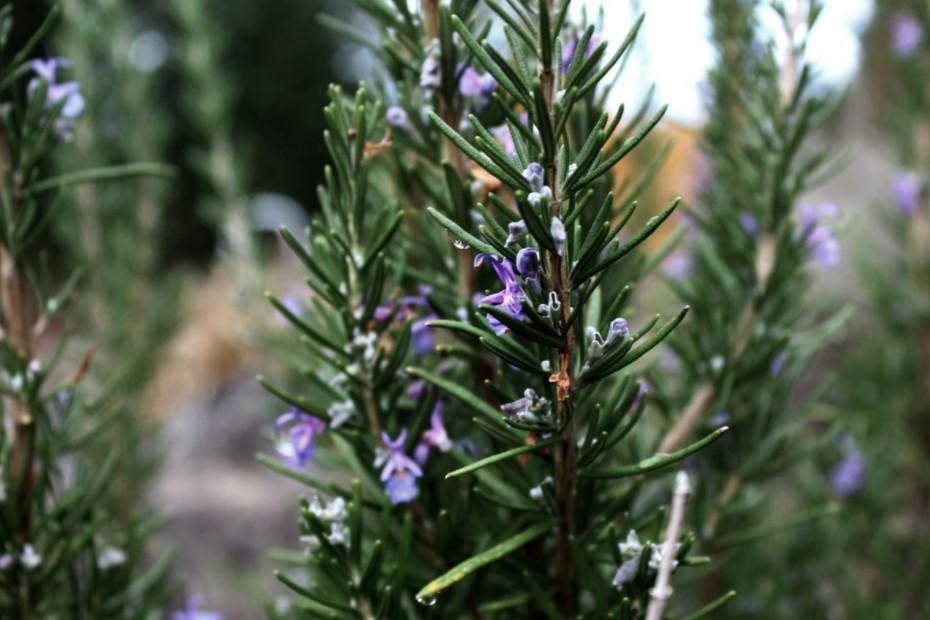
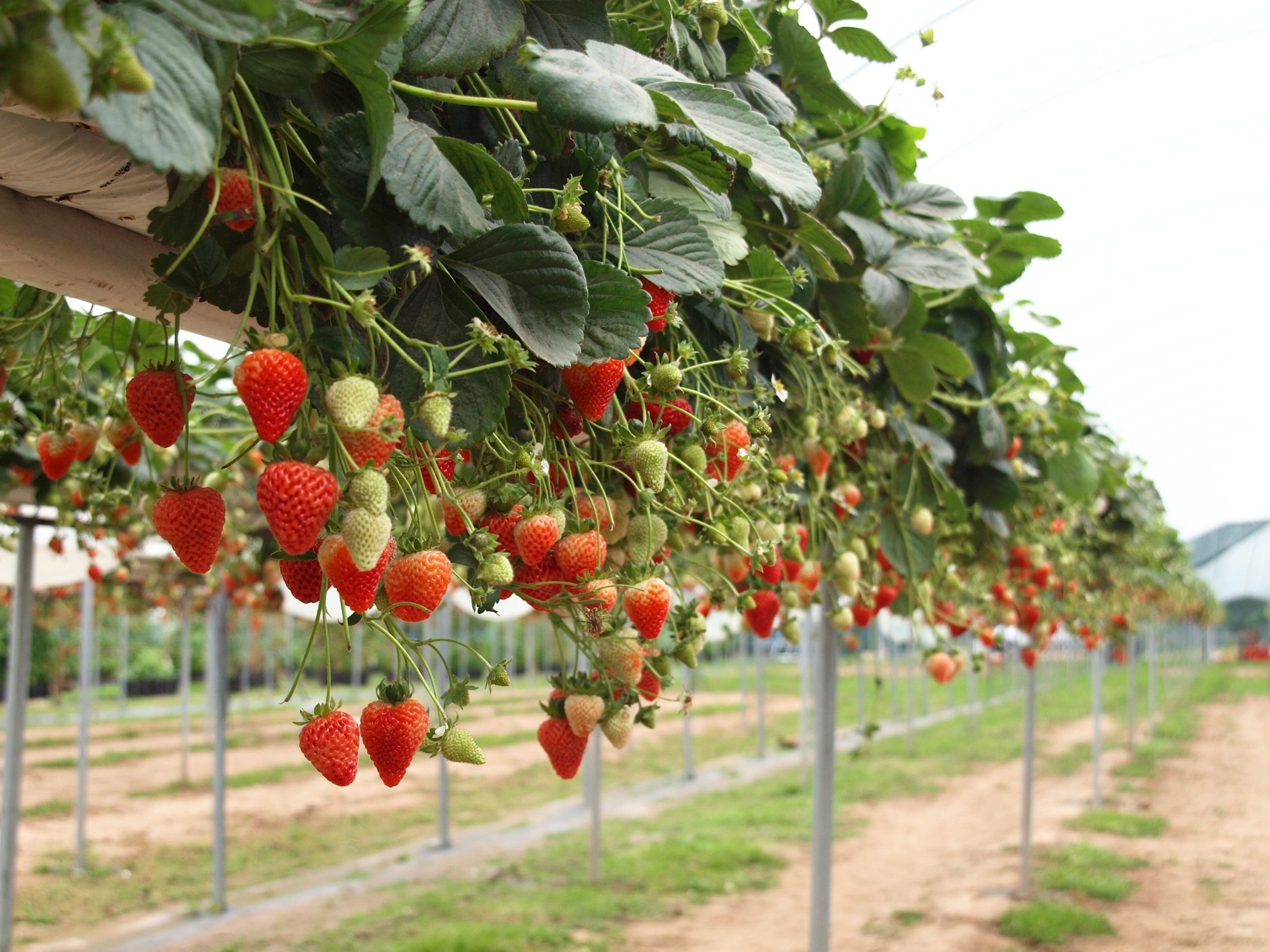

![When and How to Plant/Sow Marigold Seeds [UK]](https://www.thearches.co.uk/wp-content/uploads/Sowing-Tagetes-Marigolds.jpeg)
